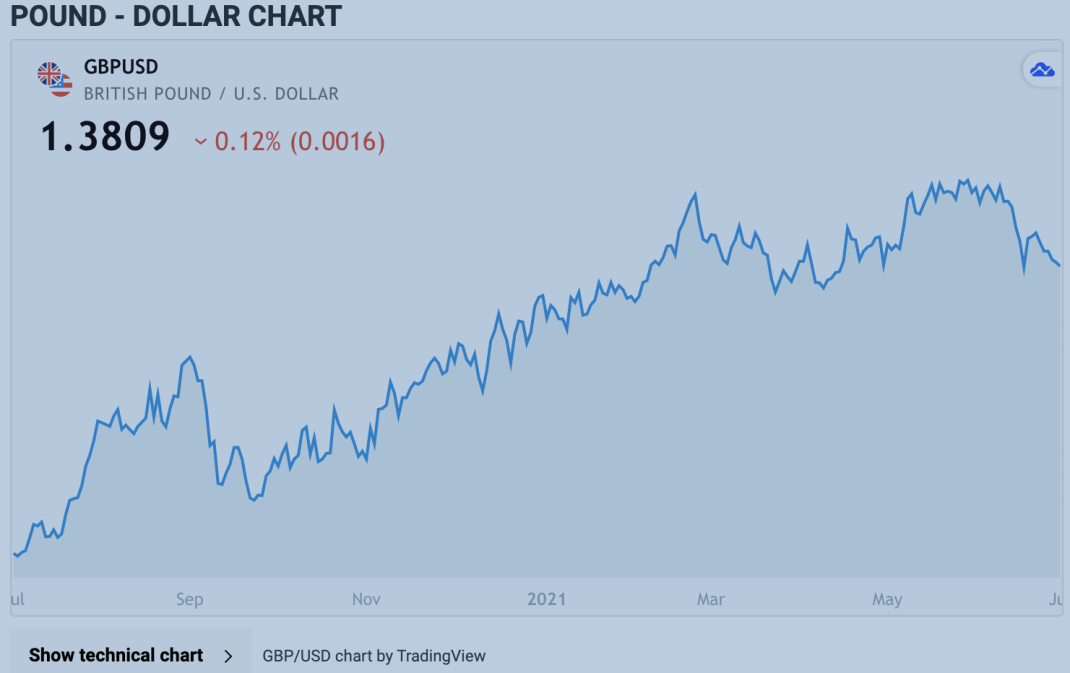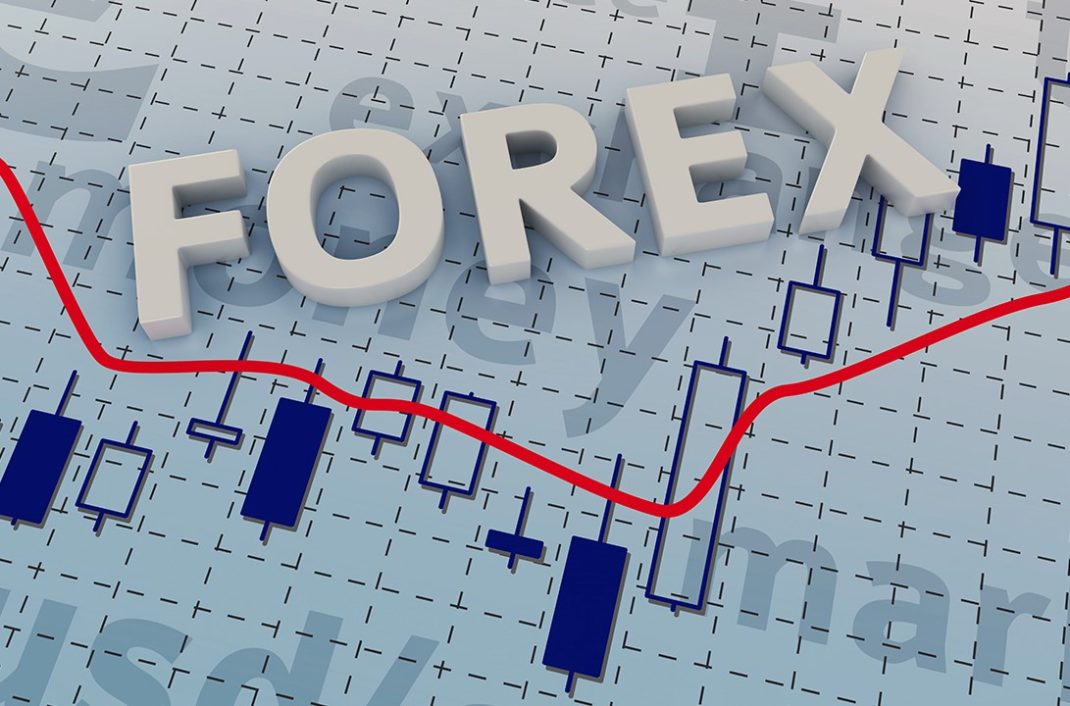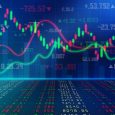Financial models are essential tools for forex traders to analyze the market and make informed decisions. In this article, we discuss some of the most commonly used financial models in forex trading, including Black-Scholes model, Jump Diffusion Model, Heston Model, Cox-Ross-Rubinstein model, and binomial model. We also examine the use of these models in risk management and portfolio optimization.

Contents
Black-Scholes Model
Forex trading involves analyzing market data and making predictions about future price movements. To do this effectively, traders often rely on financial models that provide a structured way to understand and forecast the behavior of financial instruments. In this article, we examine some of the most popular financial models used in forex trading and their applications.
– How to Develop Winning Forex Trading Strategies: A Step-by-Step Guide
Black-Scholes model is a mathematical model used to calculate the theoretical value of European-style options. In forex trading, it is an essential tool for traders to estimate the fair value of options and to hedge their positions. This article explains the basic concepts of the Black-Scholes model and its applications in forex trading.
Black-Scholes Model in Forex Trading
Black-Scholes model is a mathematical model used to price European-style options. It was introduced by Fischer Black and Myron Scholes in 1973 and is now widely used in financial markets, including forex trading. The model assumes that the price of the underlying asset follows a geometric Brownian motion, and the option can only be exercised at expiration.
Black-Scholes model uses five key inputs to calculate the theoretical value of an option: the current price of the underlying asset, the option’s strike price, the time to expiration, the risk-free interest rate, and the volatility of the underlying asset’s price. The model provides a formula for calculating the theoretical value of an option, which is known as the Black-Scholes formula.
In conclusion, Black-Scholes model is an essential tool for forex traders to estimate the fair value of options and hedge their positions. The model uses key inputs such as the current price of the underlying asset, the option’s strike price, and the volatility of the underlying asset’s price to calculate the theoretical value of an option. By using the Black-Scholes model, traders can make informed decisions and reduce risks in forex trading.
Cox-Ross-Rubinstein Model
Cox-Ross-Rubinstein (CRR) model is a popular mathematical model used to price American-style options. In forex trading, it is a valuable tool for traders to estimate the fair value of options and manage their risks. This article explains the basic concepts of the CRR model and its applications in forex trading.
Cox-Ross-Rubinstein Model in Forex Trading
CRR model is a mathematical model used to price American-style options. It was introduced by John Cox, Stephen Ross, and Mark Rubinstein in 1979 and is now widely used in financial markets, including forex trading. The model assumes that the price of the underlying asset follows a binomial distribution, and the option can be exercised at any time before expiration.
CRR model uses five key inputs to calculate the theoretical value of an option: the current price of the underlying asset, the option’s strike price, the time to expiration, the risk-free interest rate, and the volatility of the underlying asset’s price. The model provides a formula for calculating the theoretical value of an option, which is known as the CRR formula.
CRR model is an essential tool for forex traders to estimate the fair value of American-style options and manage their risks. The model uses key inputs such as the current price of the underlying asset, the option’s strike price, and the volatility of the underlying asset’s price to calculate the theoretical value of an option. By using the CRR model, traders can make informed decisions and reduce risks in forex trading.
Binomial Model
Binomial Model is a mathematical model used to price options in financial markets, including forex trading. It assumes that the price of the underlying asset follows a binomial distribution and provides a simple and effective method for estimating the fair value of options. This article explains the basic concepts of the Binomial Model and its applications in forex trading.
– Application of Microstructural Models in Forex Markets
Binomial Model in Forex Trading
Binomial Model is a mathematical model used to price options in financial markets, including forex trading. It was introduced by Cox, Ross, and Rubinstein in 1979 and is based on the assumption that the price of the underlying asset follows a binomial distribution over time. The model is useful for estimating the fair value of options and for making informed trading decisions.
Binomial Model is a lattice-based model that divides time into a series of discrete periods, with each period representing a step in the option’s life. At each step, the underlying asset’s price can either increase or decrease by a certain factor, and the option’s value is calculated based on the probability of these price movements.
Binomial Model is a powerful tool for forex traders to estimate the fair value of options and manage their risks. The model provides a simple and effective method for calculating the theoretical value of an option and for making informed trading decisions. By using Binomial Model, traders can reduce risks and improve their chances of success in forex trading.
Heston Model
Heston Model is a widely used stochastic volatility model for pricing options in financial markets, including forex trading. It is named after its creator, Steven Heston, and provides a more realistic representation of volatility dynamics than traditional models. This article explains the basic concepts of the Heston Model and its applications in forex trading.
Heston Model is a stochastic volatility model that describes the dynamics of an asset’s price and volatility over time. It assumes that the volatility of the asset follows a mean-reverting process that is driven by a Brownian motion. This means that the volatility of the asset tends to fluctuate around a long-term average value, which is more realistic than the constant volatility assumption in traditional models.
In conclusion, Heston Model is a powerful tool for forex traders to price options and manage risks. The model provides a more realistic representation of volatility dynamics and allows traders to estimate the fair value of options more accurately. By using the Heston Model, traders can reduce risks and improve their chances of success in forex trading.
Jump Diffusion Model
Jump Diffusion Model is a popular stochastic model for modeling asset prices in financial markets, including forex trading. It is a combination of the Brownian motion model and the Poisson process model, which accounts for sudden and unpredictable changes in asset prices. This article explains the basic concepts of the Jump Diffusion Model and its applications in forex trading.
Jump Diffusion Model is a stochastic model that describes the dynamics of an asset’s price over time. It combines two components: a Brownian motion component and a Poisson process component. The Brownian motion component models the continuous and predictable changes in an asset’s price, while the Poisson process component models sudden and unpredictable changes or “jumps” in the asset’s price.
– GARCH Models for Volatility Forecasting in Forex Markets
Jump Diffusion Model is a powerful tool for forex traders to model asset prices and manage risks. The model takes into account sudden and unpredictable changes in asset prices, which are common in financial markets. By using the Jump Diffusion Model, traders can estimate the fair value of options more accurately and reduce risks in forex trading.
Risk Management and Portfolio Optimization

Financial models are also useful for risk management and portfolio optimization. For example, the Value at Risk (VaR) model is a statistical method used to estimate the maximum amount of loss that a portfolio is likely to incur over a given period. The Monte Carlo simulation is another model used to estimate the distribution of potential portfolio returns. Traders often use these models to manage risk and optimize their portfolios.
Financial models are essential tools for forex traders to analyze the market and make informed decisions. The Black-Scholes model, the Cox-Ross-Rubinstein model, and the binomial model are popular models used to price options. Traders also use financial models for risk management and portfolio optimization. By understanding these models, traders can make more informed decisions and improve their trading performance.




